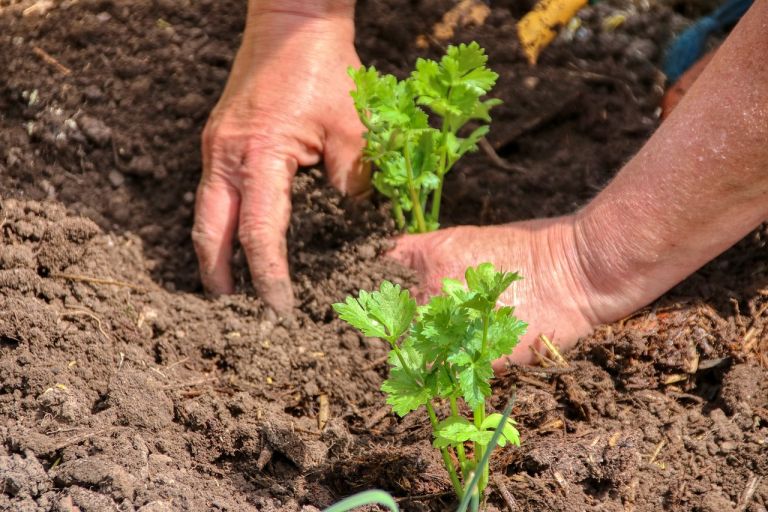
1. Crop Diversity: A Symphony of Plants
Crop rotation fosters biodiversity, enriches soil, and controls pests. Intercropping adds variety while rotating crops rejuvenate the land. Even small spaces can thrive with raised beds or potted plants.
2. Cover Crops: Nature’s Soil Guardians
Cover crops, like clover, shield soil during off-seasons. They prevent erosion, supply nutrients, and reduce herbicide use. Consider timing, seeding, and goals when selecting cover vegetation.
3. Minimal Tillage: Gentle Soil Care
Traditional plowing causes soil loss. Opt for direct seeding into mulch to reduce erosion and enhance soil health. Special equipment, such as disc seeders, aids this technique.
4. Integrated Pest Management (IPM): Nature’s Allies
IPM combines biological controls to combat pests. Natural enemies, like predators, play a vital role. Research your field to tailor IPM strategies effectively.
5. Synergy of Livestock and Crops
Integrate animals and plants for efficiency. Livestock close to food sources and crops near manure fertilizers optimize yields. Amid climate change, livestock acts as a buffer during lean harvests.
6. Agroforestry: Trees as Allies
Mix trees into farming operations. They provide shade, shelter, and extra income (selling food or lumber). Trees also improve air quality and slow climate change impacts.
7. Maximizing Land Use
Neglected areas matter. Prairie strips control erosion, reduce runoff and support biodiversity. Holistic strategies impact the entire landscape.
8. Permaculture: Nature-Inspired Design
Efficient systems minimize waste. Perennials, like fruit trees, work harmoniously. Techniques include herb spirals, keyhole gardens, sheet mulching, and swales.
9. Biodynamic Farming: Holistic Health
Animals replenish soil fertility in this ethical approach. A farm ecosystem thrives when all species support each other.
10. Hydroponics and Aquaponics: Soil-Free Cultivation
Hydroponics nourishes plants with specialized nutrients and water, conserving space and labor. Aquaponics combines fish farming with hydroponic plant growth, minimizing waste and pesticide use.
In the quest for sustainable agriculture, farmers embrace diverse practices. Crop rotation, cover crops, and minimal tillage enhance soil health. Integrated pest management and livestock-crop synergy optimize yields. Agroforestry, permaculture, and biodynamic farming harmonize nature and productivity. Lastly, hydroponics and aquaponics offer soil-free cultivation options. Together, these techniques nurture both the earth and our harvests.


